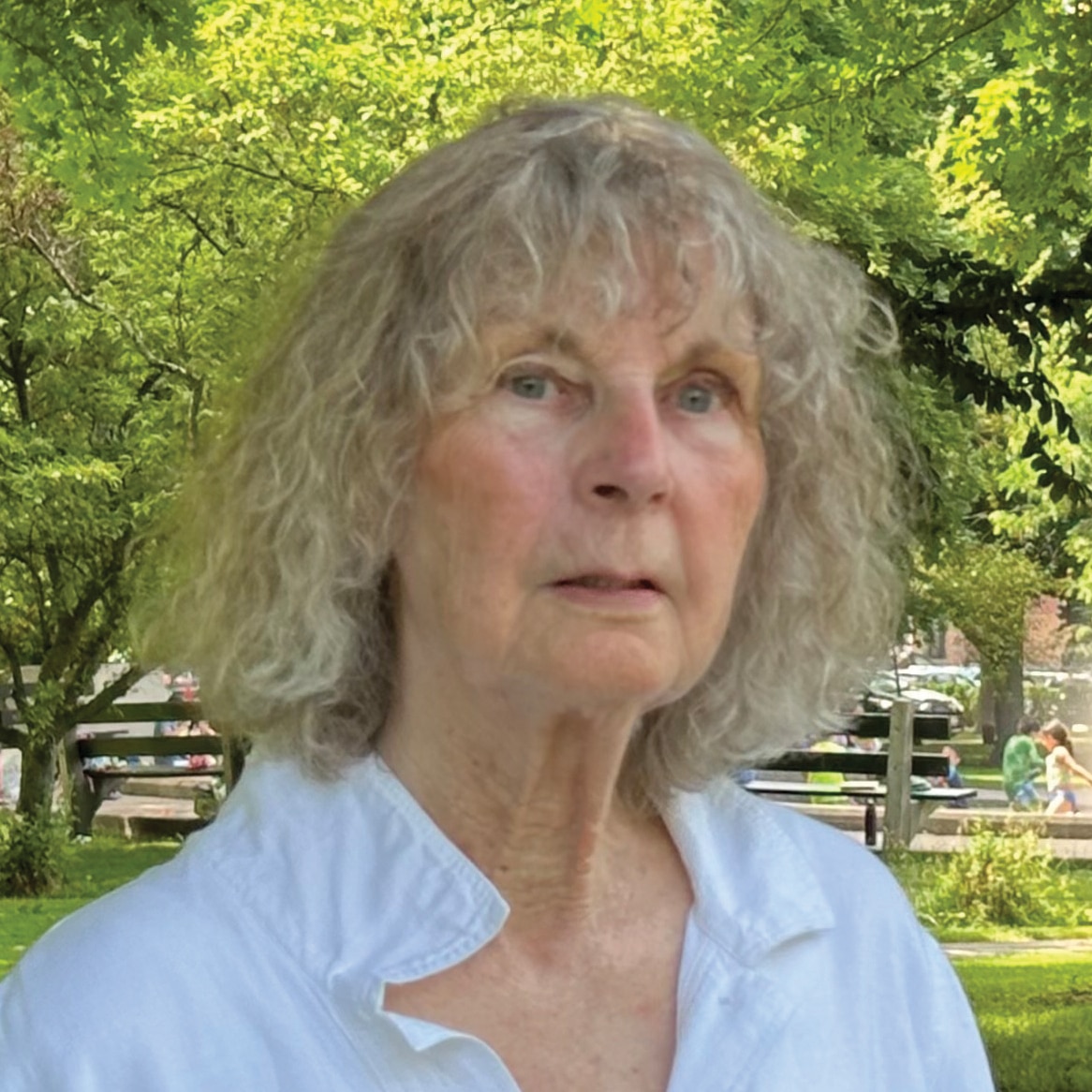Suzanne Ko started yoga as an antidote.
She was taking strength training and cardio-kick boxing classes.
“My muscles were always in flexion with those types of exercises,” she says. “Yoga created a counterbalance because it lengthens the muscles and undoes the tightness.”
Ko, a former interior designer, eventually launched SKo-Fit that offers a holistic approach to fitness. She gives classes in Sivananda yoga, a type of hatha yoga, the ancient Hindu practice of postures (asanas) and breathing exercises (pranayamas) that develop the body, mind and spirit. Ko’s class includes a core of 12 classical yoga postures that are done in a particular order because each one counterbalances the one before and after it. “Sivananda is good for people who sit hunched over at a desk all day,” Ko explains. “It strengthens the core muscles and is very meditative and restorative.”
Timothy Suh, founder and director of Alternative Health Group in Chicago, is a yoga instructor who also practices acupuncture and Oriental medicine. He describes some of the other types of yoga.
“People who are athletic would probably benefit most from ashtanga vinyasa yoga because there is no rest between the postures,” he says. Bikram yoga is a series of 26 postures, which must be practiced in a room that is 105 degrees Fahrenheit with 40 percent humidity.
“There are some health advantages to sweating,” says Suh. But you have to be careful because a lot of people in the beginning feel like they are going to pass out because it’s too hot, and they become very dehydrated.
“Bikram is wonderful for people who need an outside distraction to help the mind focus because it’s so hot that they can’t think of anything except the moment they’re in.”
Iyengar yoga uses props such as blocks, blankets and straps that make it easier to perform the positions correctly. Some call it furniture yoga. “It is considered a more therapeutic kind of yoga,” says Suh. “But you should always check with your doctor before practicing hatha yoga, especially those with high blood pressure, those who have a propensity toward aneurysms or those who take Coumadin,” (a drug taken by those with heart conditions).
Kundalini yoga has been called the yoga of awareness. “The main focus of this type of yoga is moving energies, but you have to be careful with this one and make sure that you have a very good teacher,” Suh says. “Sometimes a student can open an energy that he or she can’t control, and the teacher doesn’t know how to turn it off. It can lead to psychotic events and a burning sensation throughout the entire nervous system.”
“The asanas themselves have amazing health benefits,” says Suh. “But the practice of yoga is much more than the asanas. It’s a process toward the understanding of the true self.”

Nancy Maes, who studied and worked in France for 10 years, writes about health, cultural events, food and the healing power of the arts.











